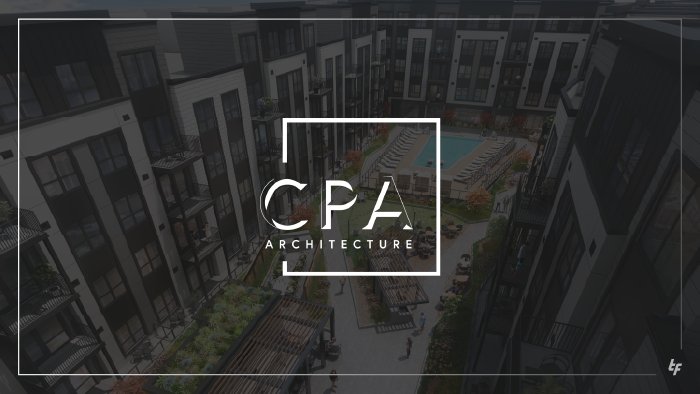RBA Architects started in the residential sector from the very beginning with the goal to give everybody the opportunity to get quality architectural design. Over the years, their work has expanded with a portfolio of 3,500+ single-family homes to 5,000+ multi-family units to date.
Part of that success, Tom Retnauer, President of RBA Architects said, is due to their ability to be early-adopter to new technology like TestFit that helps them serve their clients with faster and better quality of work.
{{thomas-retnauer-testimonial-4="/rtc/testimonials"}}
10x Faster on Site Planning
Like many architects, RBA was using AutoCAD to lay out buildings and count parking spaces. But they quickly realized that every time a developer client needs to change something to make the deal work, like the unit mix, they would have to redo a lot of manual work.

Before TestFit, the team on average spent about 20-30 hours in AutoCAD to create a site plan for a project including:
- Sketching out concepts
- Getting initial client approvals
- Modeling building blocks for units
- Trying out 1-2 layout
On top of that, they would need to then model the 3D massing in Revit for an additional 30-40 hours. But with TestFit’s real-time AI configurators, they were able to get it done 10x faster in a matter of 4-6 hours and see the design from 2D to 3D instantly.

$750K Project Fees Won with TestFit
With a faster feasibility process comes more project wins. To this date, RBA has done close to 100 projects in TestFit.
{{thomas-retnauer-testimonial-3="/rtc/testimonials"}}
1 - Early Design Solutions
One of the biggest competitive advantages is the ability to provide more scope in proposals. For the Scott’s Edge Project below, RBA Architects competed against 2 other teams to determine the viability of a pre-established design including residential, podium parking, and amenity space.
While the other teams provided proposals to generate drawings, RBA used TestFit to evaluate the efficiency of the design right away. There is an easement running through the middle of the site, adding additional challenges in determining feasibility. But RBA was able to quickly propose a 2-building design after evaluating the site with TestFit, giving them a win over other competitors for the project.

2 - Increased ROI for Clients
Using TestFit, RBA is able to generate 7x the number of iterations than they would using AutoCAD. This allows them to maximize site potential to provide their developer clients with the best yield possible.
For a workforce housing project in Hampton, NY, RBA Architects partnered with a developer and Virginia Housing Authority to determine its feasibility. With TestFit’s real-time calculations, RBA was able to create a yield of 83% efficiency while maintaining lot coverage just below the maximum threshold of 227,000 sf.

3 - Better Client Relationship
TestFit allows project teams to work with clients hand-in-hand during those otherwise unproductive client meetings. RBA uses TestFit to quickly generate potential designs on-the-fly based on clients’ feedback in real time
{{thomas-retnauer-testimonial-2="/rtc/testimonials"}}
This lets architects get back in the driver's seat in the feasibility phase and become that trusted advisors for clients early on.

But it doesn’t stop at just meetings with clients. RBA found ways to utilize TestFit to work with city planners to figure out the best solution. In the above project, the team walked through the building in TestFit with the city planners on a call and was able to make live changes and demonstrate how it would all come together.
Site Planning from Inside Out
In a traditional design process, civil engineers would initiate the site design, typically presenting buildings as boxes on a site. But oftentimes, these boxes are unrealistic and abstract representations of the proposed buildings.But with the introduction of TestFit, RBA has radically flipped the site planning process upside down. They’re now looking at 10-15 site solutions through rapid iterations in TestFit where a civil engineer previously would only show 1-2 options on a site plan.
{{thomas-retnauer-testimonial-5="/rtc/testimonials"}}


This innovative shift in responsibility has led to a completely new way of thinking and better design solution, where creative control is driven primarily by the architect rather than the civil engineer.
{{thomas-retnauer-testimonial-6="/rtc/testimonials"}}
RBA Architects' integration of TestFit into their design process has revolutionized the way they work, enabling rapid iterations, maximizing site potential, and enhancing client relationships.








